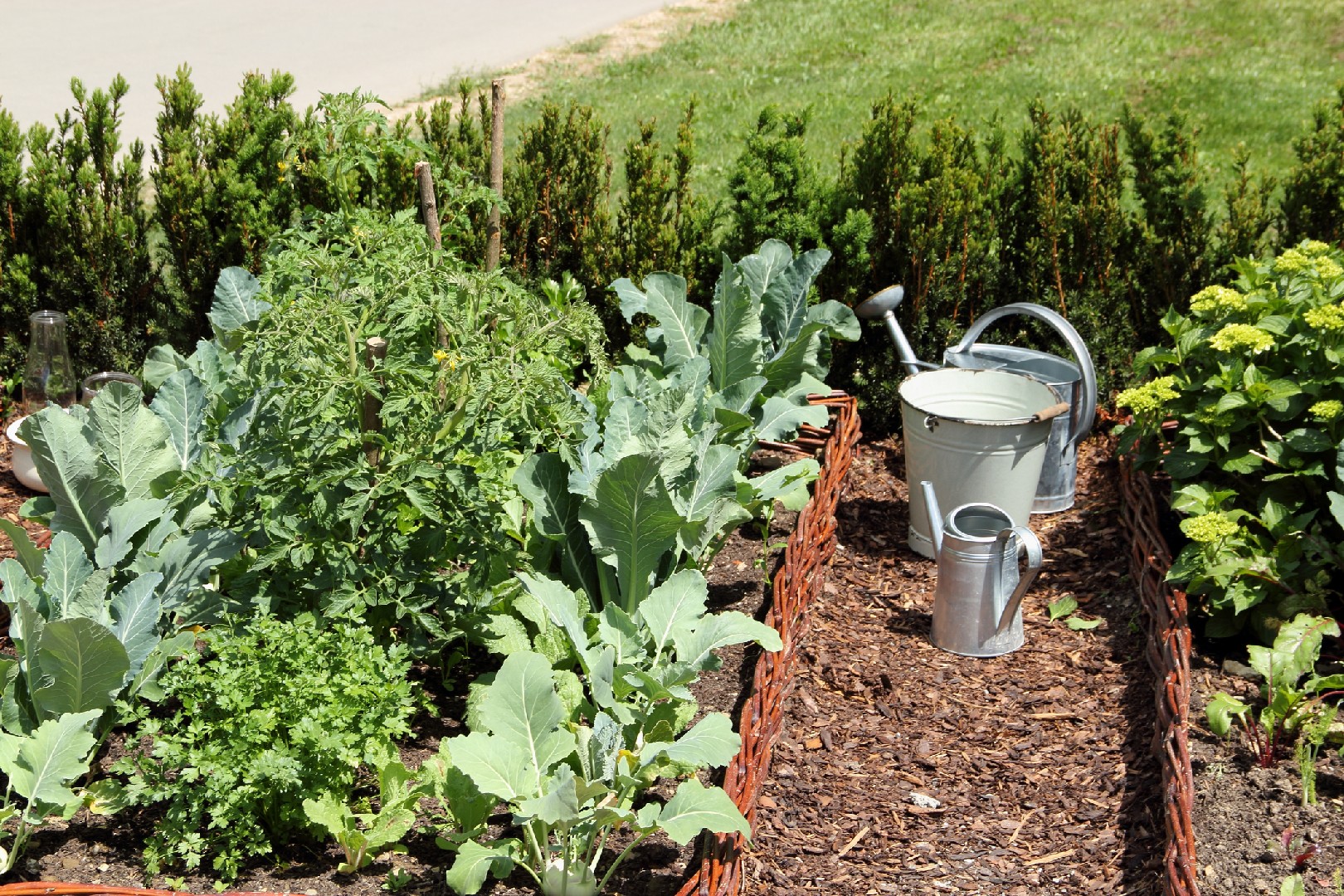![Rectangle]()
The Science Behind Companion Planting
Companion planting is an effective gardening strategy that involves planting specific combinations of plants to enhance their health and productivity. Understanding the science behind companion planting can help you make informed decisions when planning your vegetable garden and maximize your yields.
One of the key factors that make companion planting effective is the process of photosynthesis and nutrient absorption. Photosynthesis is the process by which plants convert sunlight into energy, and companion planting can enhance this process for their companions. For example, certain plants, like legumes, have a symbiotic relationship with nitrogen-fixing bacteria. These bacteria take nitrogen from the air and convert it into a form that plants can use as a nutrient. By planting legumes, such as peas or beans, alongside other vegetables, you can increase the availability of nitrogen in the soil, benefiting the overall health and growth of your garden.
In addition to nutrient absorption, companion planting also leverages natural mechanisms that result in successful gardening. One such mechanism is pest deterrence. Some plants naturally repel pests with their scent or chemical compounds. For instance, marigolds produce a strong aroma that deters many common garden pests, such as aphids or nematodes. By interplanting marigolds with your vegetables, you can minimize pest damage and reduce the need for chemical pesticides.
Another natural mechanism used in companion planting is the attraction of beneficial insects. Certain plants, like dill or fennel, produce flowers that attract beneficial insects such as ladybugs or lacewings. These insects feed on garden pests like aphids or caterpillars, providing natural pest control without the need for harmful chemicals. By incorporating these plants into your garden, you can create a habitat that attracts these beneficial insects and helps maintain a healthy balance in your ecosystem.
Furthermore, companion planting can also enhance disease resistance in your vegetable garden. Some plants, like onions or garlic, release compounds that have antimicrobial properties. These compounds can help protect neighboring plants from fungal or bacterial infections. By strategically growing these plants alongside susceptible vegetables, you can reduce the risk of diseases and maintain the overall health of your garden.
In conclusion, understanding the science behind companion planting can greatly benefit your vegetable garden. By leveraging the processes of photosynthesis, nutrient absorption, and natural mechanisms like pest deterrence, attraction of beneficial insects, and disease resistance, you can create a thriving and productive garden. Remember to research the specific companionship of plants and experiment with different combinations to find what works best for your garden. Happy gardening!





